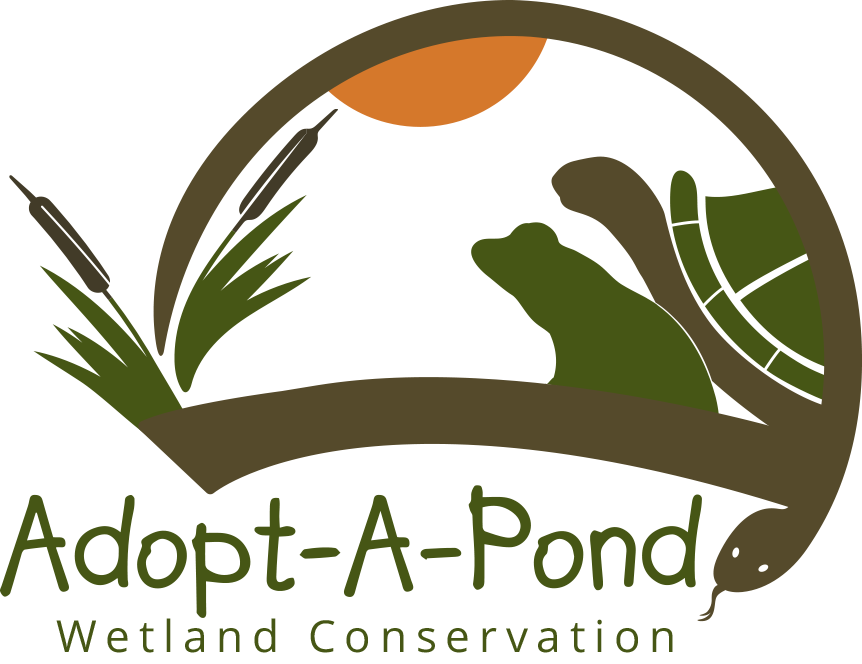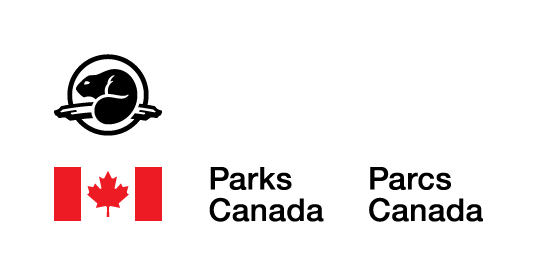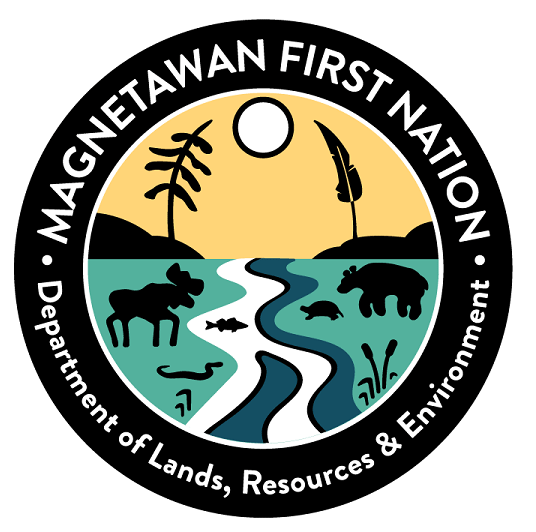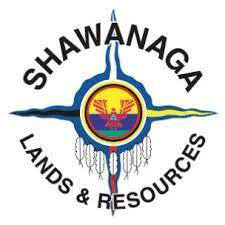Blanding’s Turtle Headstarting Program
The Blanding’s turtle is a freshwater species native to southern Ontario. It has been designated a Species-At-Risk both provincially and federally due to threats such as habitat loss, road mortality, and predation. Though Blanding’s turtles have historically inhabited the Rouge Valley, the population has shown drastic declines due to urban sprawl and habitat fragmentation. In 2012, as few as six adults remained in the area and the population was deemed functionally extinct. After over a decade of monitoring in what is now the Rouge National Urban Park (RNUP), Adopt-A-Pond began to supplement the Park's declining Blanding’s turtle population with headstarted juveniles incubated, hatched, and raised at your Toronto Zoo from eggs collected from the wild each year. Headstarting is the process of raising and subsequently releasing individuals into the wild to help rebuild wild populations, since raising turtles in human care for the first few years of their life helps increase their body size and their chances of survival in the wild. This is part of a comprehensive approach to species recovery that also includes habitat stewardship, scientific research, and outreach efforts to save this species from local extinction.
With funding from Parks Canada and project support from the Toronto Region Conservation Authority (TRCA) and the Ontario Ministry of Natural Resources (MNR), Adopt-A-Pond staff released the first group of headstarted turtles into RNUP in 2014. As of December 2024, 743 Blanding’s turtles have been released, including 490 as two-year-old headstarts and 253 as hatchlings. Among the 2024 release cohort were 10 headstarts that hatched from eggs collected from nesting adults in RNUP, an essential step forward in preserving the local genetics of the species.
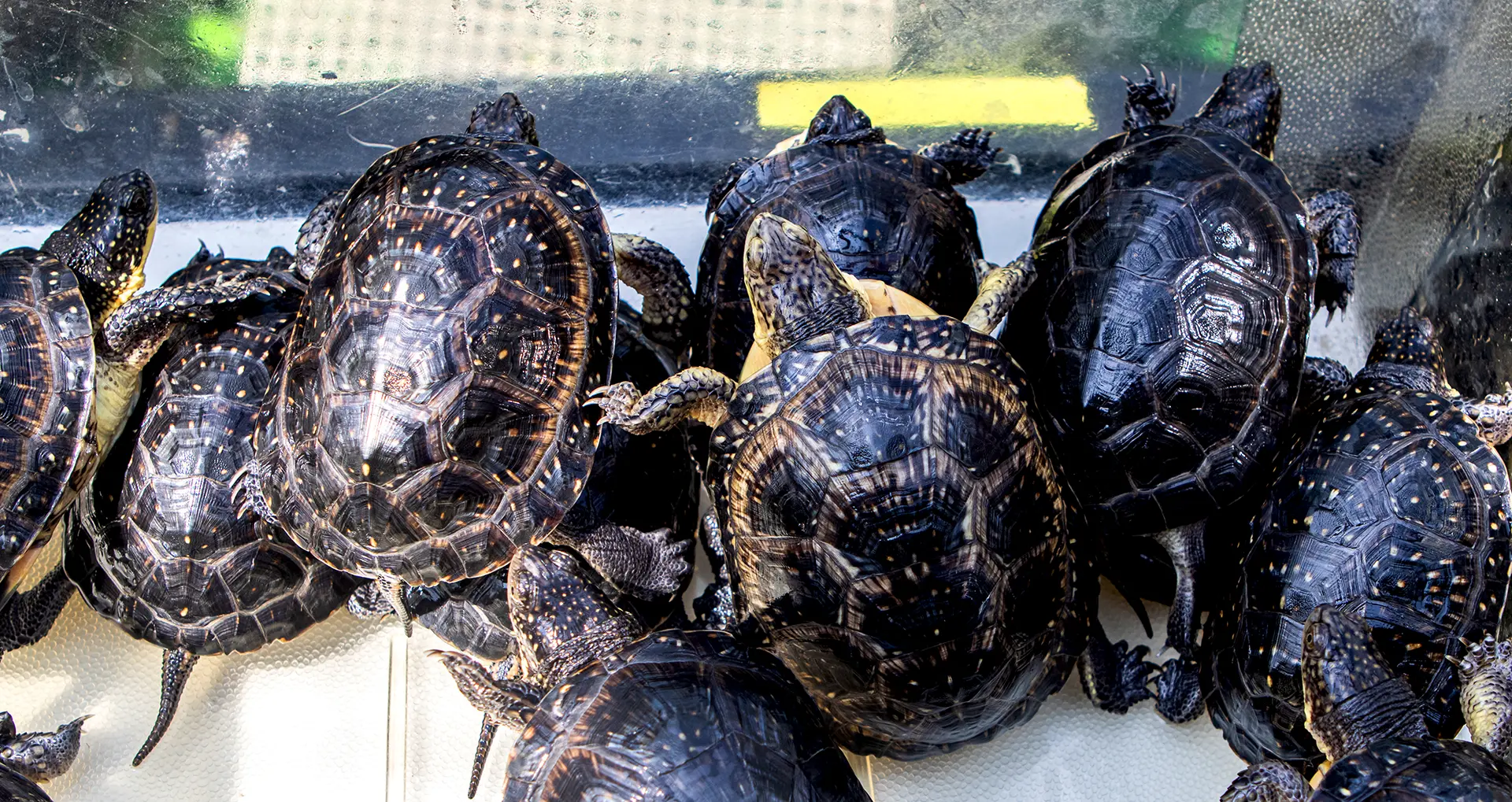
The headstart turtle eggs are collected under permit from stable source populations in Ontario, from at-risk nest sites such as those on or near roads, construction sites and tilled farm fields, where eggs may otherwise not survive to hatching. The eggs are incubated and hatched here at your Toronto Zoo, where you can visit them in the Americas Pavilion. When the turtles first hatch, their shells are relatively soft and about the size of a loonie, making them an easy meal for predators The turtles are raised by our Wildlife Care team in a controlled environment for two years before they are released back into the wild. At this point, their shells are much harder and they are two to three times the size of wild turtles of the same age, helping the released turtles evade predators such as raccoons and foxes. Thanks to the excellent care they receive at your Toronto Zoo, the turtles have a ‘headstart’ on life and are better equipped to handle the challenges of the wild.
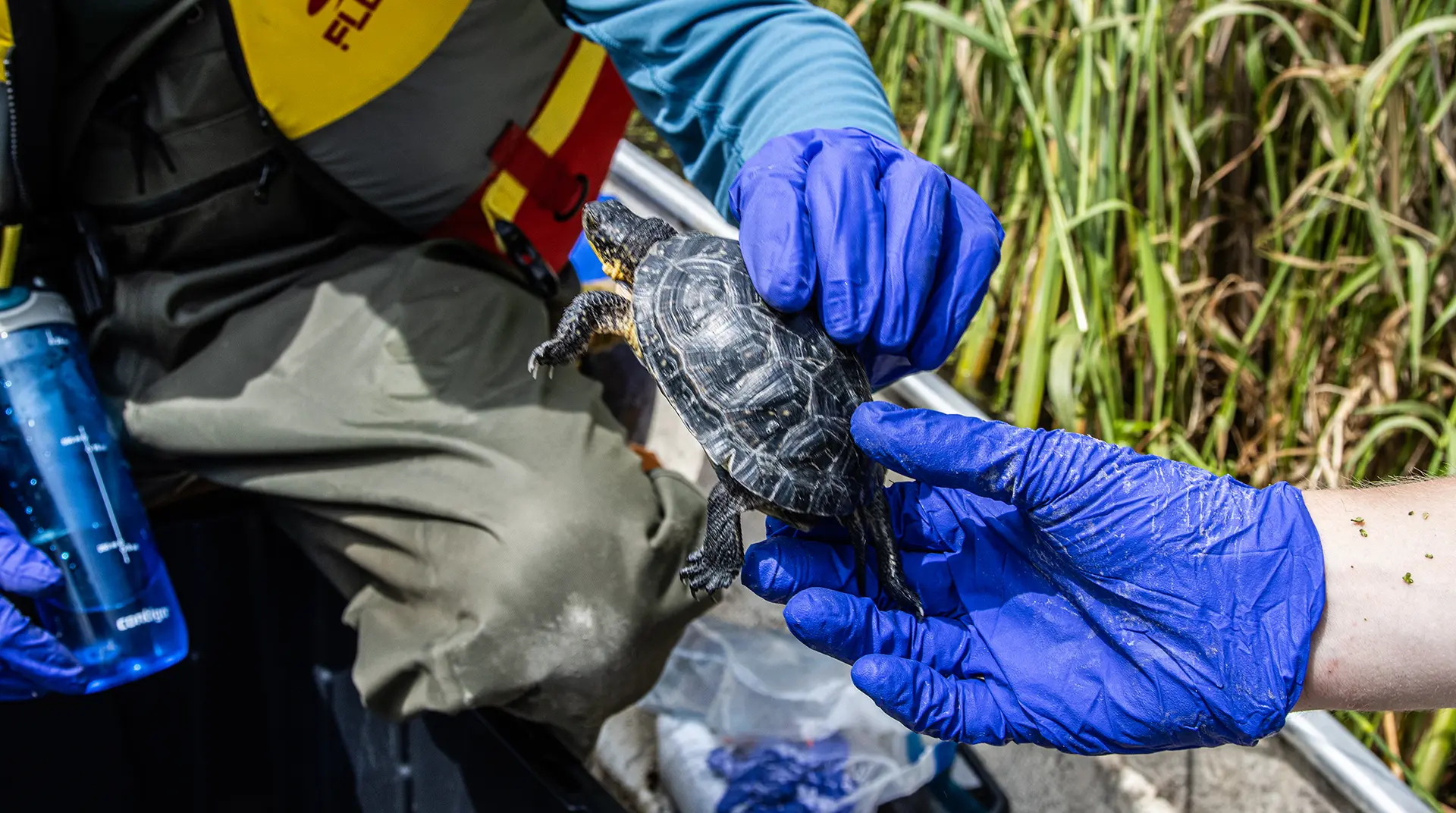
Our goal is to release at least 50 headstarted Blanding’s turtles into the wild each spring and to monitor their movement and survival. After release, we track turtles via radiotelemetry as they interact with their new environment and undergo important changes such as migration and brumation. The information acquired from this will help us learn about the turtles’ habitat requirements and inform stewardship actions.
Long-term partnerships have greatly enhanced our monitoring and headstarting efforts by providing funding, permits, and in-kind contributions to conduct research on Blanding’s turtles in the Rouge Valley. Some of our partners include Parks Canada, the MNR, the Ministry of the Environment, Conservation, and Parks, Georgian Bay Biosphere, Magnetawan First Nation, Shawanaga First Nation, and TRCA. The University of Toronto Scarborough and Laurentian University have also supported several graduate students whose research on this project has informed improvements to our methods.
Blanding’s turtles are an excellent species upon which to model wetland protection initiatives because they use a variety of wetland habitats throughout their life cycle, including swamps, marshes, ponds, vernal pools, and connecting habitat like ravines and rivers. Protecting Blanding’s turtles and their habitat goes a long way towards benefiting other wetland wildlife. Together, we can work to improve an entire ecosystem by protecting one species!
